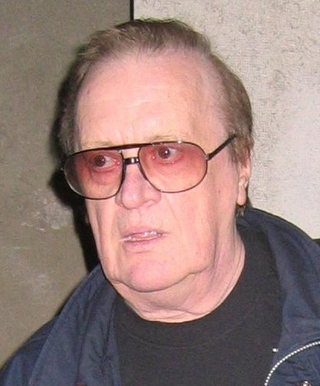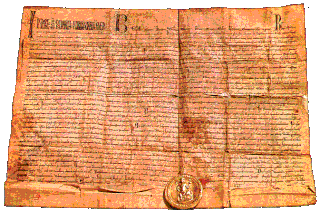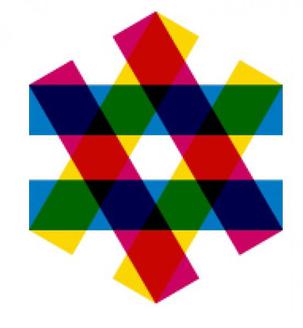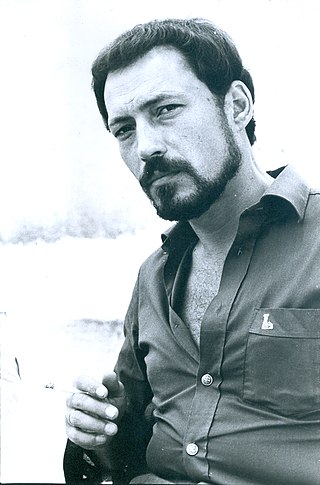
Miroslav Škoro is a Croatian politician, musician, TV host and former diplomat. He is the founder and the first president of the conservative Homeland Movement party, which he established in February 2020 and led until July 2021. As a musician, Škoro is best known for using the traditional Slavonian tamburica instrument in most of his compositions.

Arsenije "Arsen" Dedić was a Croatian singer-songwriter. He wrote and performed chansons, as well as film music. He was also an award-winning poet, and was one of the best-selling poets of former Yugoslavia and Croatia.

The cinema of Croatia has a somewhat shorter tradition than what is common for other Central European countries: the serious beginning of Croatian cinema starts with the rise of the Yugoslavian film industry in the 1940s. Three Croatian feature films were nominated for the Academy Award for Best Foreign Language Film, several of them gained awards at major festivals, and the Croatian contribution in the field of animation is particularly important.

Branko Bauer was a Croatian film director. He is considered to be the leading figure of classical narrative cinema in Croatian and Yugoslav cinema of the 1950s.

Pula Film Festival is an annual Croatian film festival, established in 1954. It is held in a Roman amphitheater known as the Pula Arena. Pula Film Festival is the oldest Croatian film festival and is usually held in the summer, in July or August.

On the initiative of Croatian ban Károly Khuen-Héderváry, in mid-October 1895 Austro-Hungarian Emperor Franz Joseph visited Zagreb, at the time the capital of the Kingdom of Croatia–Slavonia, in order to attend the opening of the Croatian National Theatre. A group of Croatian students used the visit to protest the rule of the Hungarian Khuen-Héderváry as Croatian ban. They were led by Stjepan Radić, who would later form the influential Croatian People's Peasant Party.

Lea Deutsch was a Croatian Jewish child actress who was murdered in the Holocaust.
Zagreb school of animated films is a style of animation originating from Zagreb and Croatia, most notably Zagreb Film. It is represented by authors like Nikola Kostelac, Vatroslav Mimica, Dušan Vukotić and Vladimir Kristl. The term was coined by Georges Sadoul.

The Golden Bull of 1242 was a golden bull or edict, issued by King Béla IV of Hungary to the inhabitants of Gradec during the Mongol invasion of Europe. By this golden bull, King Béla IV proclaimed Gradec a royal free city. The document was issued on 16 November 1242 in Virovitica and reaffirmed in 1266. The original is written on a piece of parchment 57 by 46 centimetres in size, and is kept in strictly controlled conditions in the Croatian State Archives in Zagreb, while a copy is exhibited in the Zagreb City Museum.

Ilica is one of the longest streets in Zagreb, Croatia. The busy street is home to many shops and cultural sites and spans through most of the northwestern part of the city, from the Ban Jelačić Square in the city centre westward to the Vrapče district. The street is 5.6 km (3.5 mi) long, making it the third longest street in the city.

The Festival of Tolerance - JFF Zagreb is an annual film festival held in Zagreb, Croatia which is dedicated to preservation of memories on Holocaust and on raising public awareness about the importance of tolerance.
Zvonimir Berković was a Croatian film director and screenwriter.
Ivo Škrabalo was a Croatian film critic, screenwriter, and member of parliament.
Mladen Juran is a Croatian film director, screenwriter and actor - the author with the nominations for the Main Film Prize in Latin America and the Best European Fantastic Film, Oscar Academy Awards Candidate - films thematic related to roots and emigration, rebellion - an individual in the whirlpool of unfavorable and surreal social events, organized crime, love, loneliness, fate, the existential measure of everyone’s life, whether that life in monumental, ordinary, null or simply human - with debuting in French cinema, recorded in "Histoire du cinéma français 1966-1970", on the occasion of the 100th anniversary of French cinema.
Hrvoje Turković is a Croatian film theorist, film critic and university professor. With 14 books and more than 700 articles on film, ranging from essayistic criticism to scientific works on film theory, Turković established himself as one of Croatia's most important critics and film scholars. He is a recipient of the Vladimir Nazor Lifetime Achievement Award for Contribution to Film.
The following is a timeline of the history of the city of Zagreb, Croatia.

The General Post Office in Jurišićeva Street, Zagreb, is the headquarters of the Croatian Post, the national postal service of Croatia. Built in 1904 in the Hungarian Secession style, the Post Office housed mail, parcel, telegraph and telephone services and equipment. Today, it is a protected cultural monument.

The Kaptol manors form a series of 25 manors along the Kaptol Street in Zagreb, Croatia that were used to house canons and other officials of the Archdiocese of Zagreb. The manors were built at various times between the Middle Ages and the 19th century. Most of those preserved date from the Baroque period, while those in the best condition are mostly from the 19th century. The manors were designed as large town houses surrounded by gardens. Each has its own history and peculiarities. The most important are those which were inhabited by prominent canons.

Ranko Munitić was a Yugoslav theorist, critic, journalist and art historian – one of the most important experts on popular culture and media in Yugoslavia.
The Wall is a 1966 Yugoslav animated short film by Ante Zaninović for Zagreb Film.















